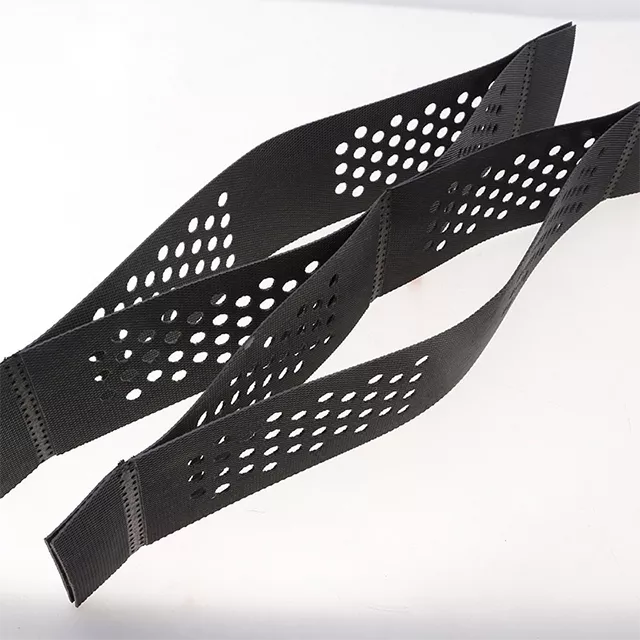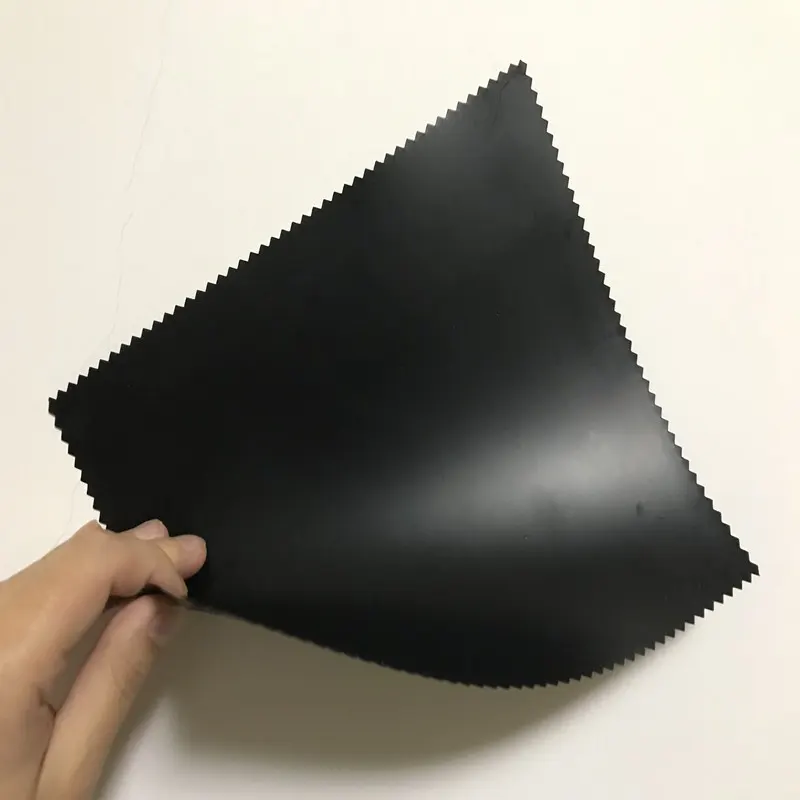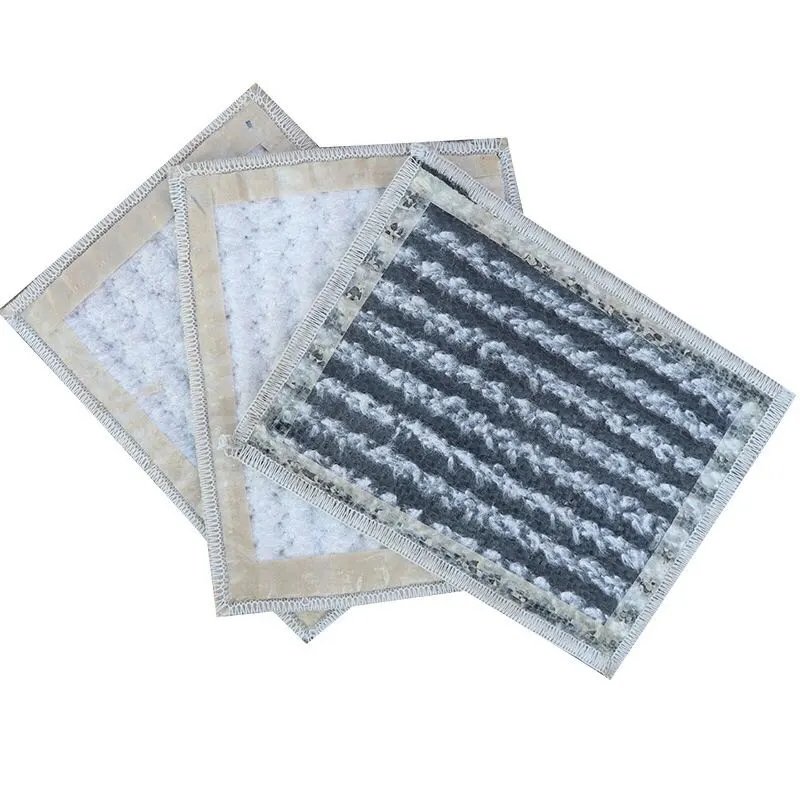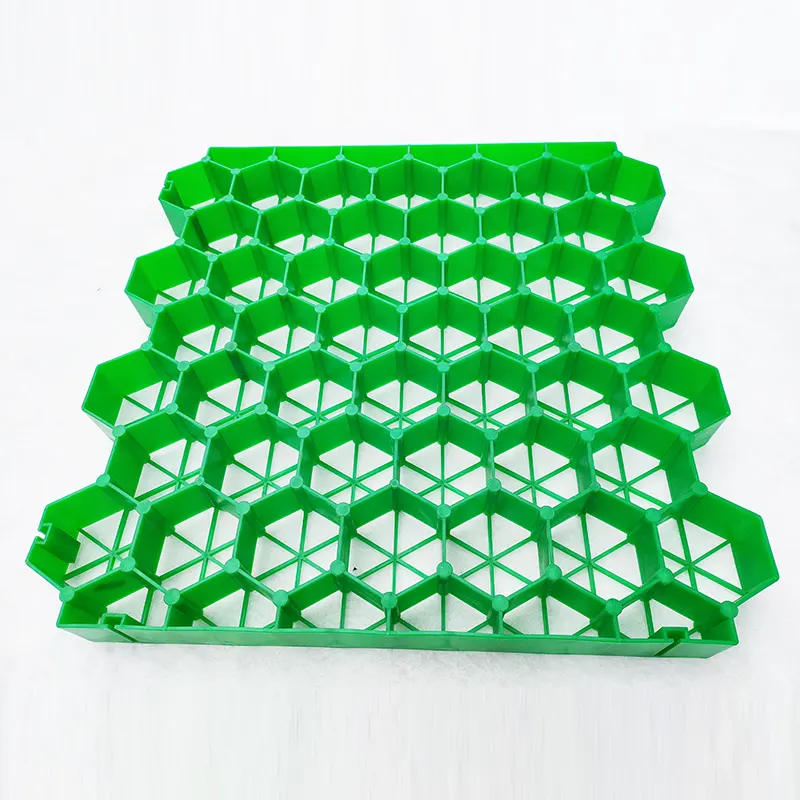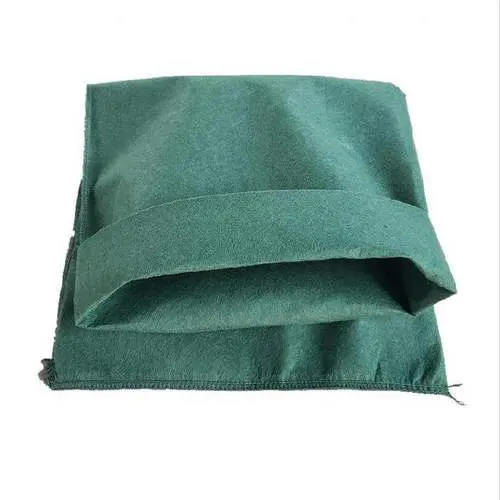Geocell play an important role in slope protection projects
The primary purpose of slope protection projects is to prevent soil erosion from causing landslides or mudslides. The most common material used in these projects is geocells, whose strong tensile force effectively stabilizes the flow of slopes. Today, we will detail the important role geocells play in slope protection projects.
The geocell is a three-dimensional honeycomb network structure made of polymer materials such as high-density polyethylene (HDPE) or polypropylene (PP), welded together through strong welding. In slope protection projects, it is deployed and filled with materials such as sand, stone, soil, or concrete to form a composite structure with strong lateral restraint and rigidity, thereby solving a variety of slope stability issues.
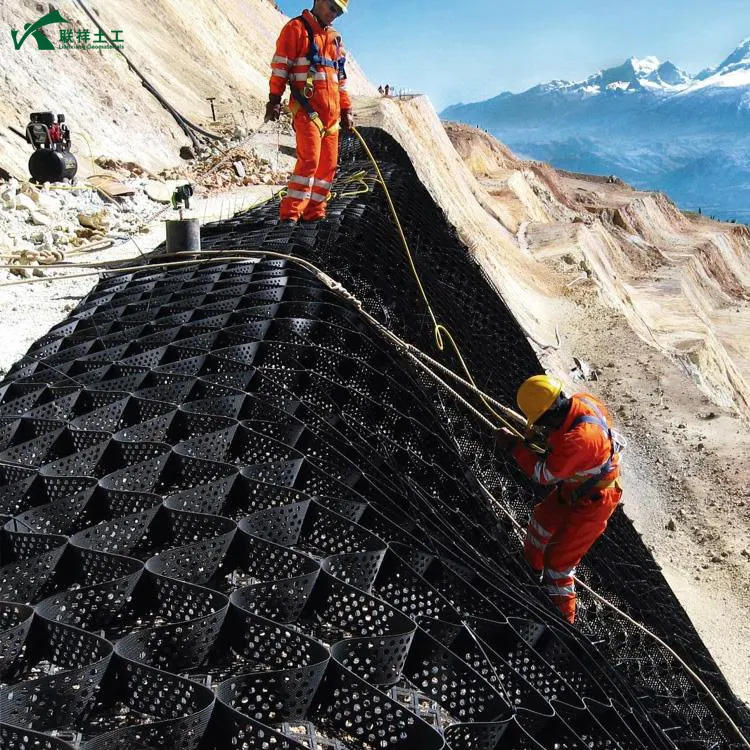

Six Major Functions of Geocell Slope Protection Projects
1. Excellent Slope Reinforcement and Stabilization
This is the core function of geocells.
- Three-Dimensional Constraint Mechanism: Traditional two-dimensional geotechnical materials (such as geogrids) primarily provide in-plane reinforcement. Geocells are three-dimensional structures. When deployed and filled, each "honeycomb" cell exerts a strong lateral restraint and locking effect on the fill material within.
- Load Distribution: Loads on the slope (such as deadweight, rainwater, and vehicles) are effectively distributed over a wider area through the geocell network, significantly reducing the risk of uneven settlement and localized collapse, and significantly improving the integrity and stability of the slope. This is particularly important for soft soil foundations or fill slopes.
2. Effective Slope Erosion Prevention and Soil and Water Conservation
- Full Coverage: The laid geocells act like a giant "honeycomb blanket" covering the entire slope, dividing it into countless independent small cells.
- Soil Stabilization: The soil within each cell is firmly locked in place, making it difficult for soil particles to be carried away even by water flow, effectively preventing surface erosion, gullying, and landslides.
- Creating a Growth Base: When combined with vegetation protection (such as spraying grass seeds), the geocells provide a stable growth environment for plants. Plant roots penetrate the cells and penetrate deeper into the soil, forming a "soft-hard" reinforcement system with the cells, achieving permanent ecological slope protection.
3. Significant Load Support and Stress Diffusion Capabilities
- "Raft Effect": The geocell composite layer has high flexural stiffness and tensile strength, converting point loads or line loads applied from above (such as vehicle wheel pressure and structural foundation pressure) into uniformly distributed loads, distributing them to a larger underlying foundation area.
- Application in Special Road Sections: This feature makes it ideal for areas subject to heavy loads, such as roadbed slopes, bridgehead bumps, and riverbank protection, effectively reducing uneven settlement of the roadbed and improving bearing capacity.
4. Flexible Adaptability to Topography and Ease of Construction
- Excellent Flexibility: Geocells are lightweight and flexible, allowing them to adhere tightly to a variety of irregular terrain and slopes, including uneven slopes and curved road slopes, making them extremely versatile.
- Simple Construction: The construction process primarily includes: slope leveling -> laying cells -> securing with anchors -> filling with materials -> compaction/vegetation. The simple process speeds up construction, requires minimal machinery, and effectively reduces labor costs and construction time.
5. Superior Ecological and Greening Benefits
- Green Slope Protection: Compared to fully rigid slope protection methods (such as concrete and mortar masonry), geocell slope protection provides space for vegetation growth, restoring the natural ecology, beautifying the environment, and promoting soil and water conservation. It is a typical "ecological slope protection" technology.
- Permeable and Breathable: The cell structure itself is not enclosed, ensuring water vapor exchange between the slope and the outside world, promoting plant growth and slope stability, while avoiding damage caused by hydrostatic pressure.
6. Outstanding Cost-Effectiveness and Durability
- Reduced Material Costs: Local, inexpensive fill materials (such as sand and gravel) can be used, saving the cost of transporting high-quality soil or large quantities of stone.
- Reduced Maintenance Costs: Due to its durability, the resulting slope protection structure is long-lasting and stable, with minimal ongoing maintenance costs.
- Long-Term Durability: High-quality HDPE cells are resistant to aging, acids, alkalis, and corrosion, offering a long service life and long-term protection.
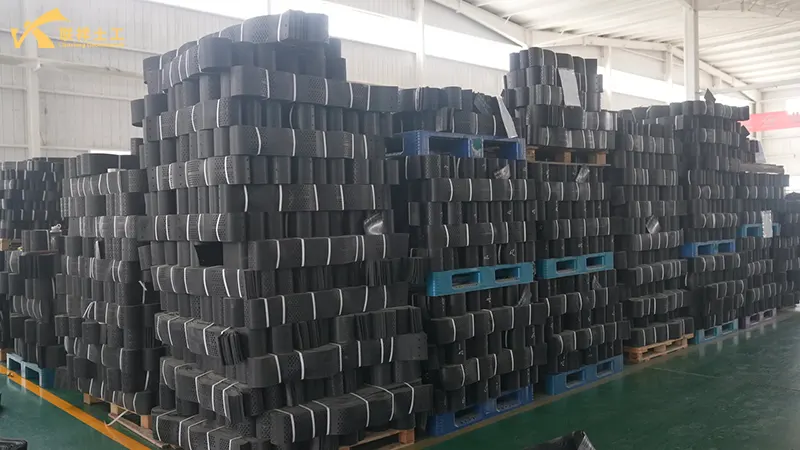
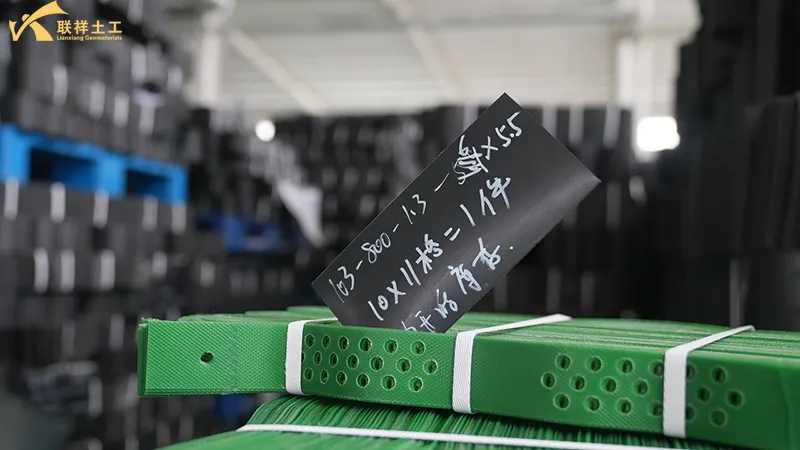
Basic Requirements for Slope Protection Engineering
Geocell sheets must be made of polymer materials such as PP (ethylene-propylene copolymer) or HDPE (high-density polyethylene), and antioxidants and anti-aging agents must be added to ensure a service life of over 40 years.
Specifications
- Grid Size: Common heights range from 50-200mm, with side lengths typically ranging from 200-500mm. For example, cells with 300mm sides are suitable for general slope protection.
- Structural Requirements: The cells must have a three-dimensional honeycomb structure that conforms tightly to the slope surface when deployed. Welding or riveting is used to enhance stability.
Construction Method
- Fixing Method: Use U-shaped nails or anchors, generally spaced 1-1.5 meters apart. Increase the number of anchor points at the top and toe of the slope.
- Laying Direction: The cells should be laid perpendicular to the slope surface to avoid wrinkles or overhangs.
Performance Requirements
- Tensile Strength: The cells must meet the tensile and deformation requirements of the slope protection project, avoiding tearing or partial rupture.
Material Selection
- Water Permeability: Perforations should be provided in the sidewalls to guide water drainage and prevent water accumulation that could affect stability.
Application Scenarios Summary:
Geocells are widely used in:
- Slope reinforcement and protection for highways, railways, and dams
- Slope protection and revetment for rivers, coasts, and lakeshores
- Ecological restoration of landslides, tailings dams, and spoil dumps
- Bridge abutment reinforcement and prevention of vehicle derailment
- Rapid paving of military facilities and temporary roads
- Slope landscaping and shaping in landscape architecture
Conclusion
In summary, geocell play a crucial role in slope protection projects, acting as a "reinforced framework." They are more than just a simple material; they represent a comprehensive engineering solution. Through their unique three-dimensional structure, they transform loose soil into a high-strength, stable, permeable, and greenable integrated structure. They perfectly balance structural stability with ecological needs, making them an indispensable material in modern geotechnical and ecological engineering.
This concludes our summary of the important roles geocells play in slope protection projects. We hope this explanation will be helpful in your future slope protection projects. Please feel free to contact us for any related inquiries.
Written by
SHANDONG LIANXIANG ENGINEERING MATERIALS CO., LTD.
Editor Fan
www.lianxiangcn.com
WhatsApp:+86 139 5480 7766
Email:admin@lianxiangcn.com
Contact
-
WhatsApp
-
E-MailE-Mail:admin@lianxiangcn.com
-
WeChatWeChat:18554180188


